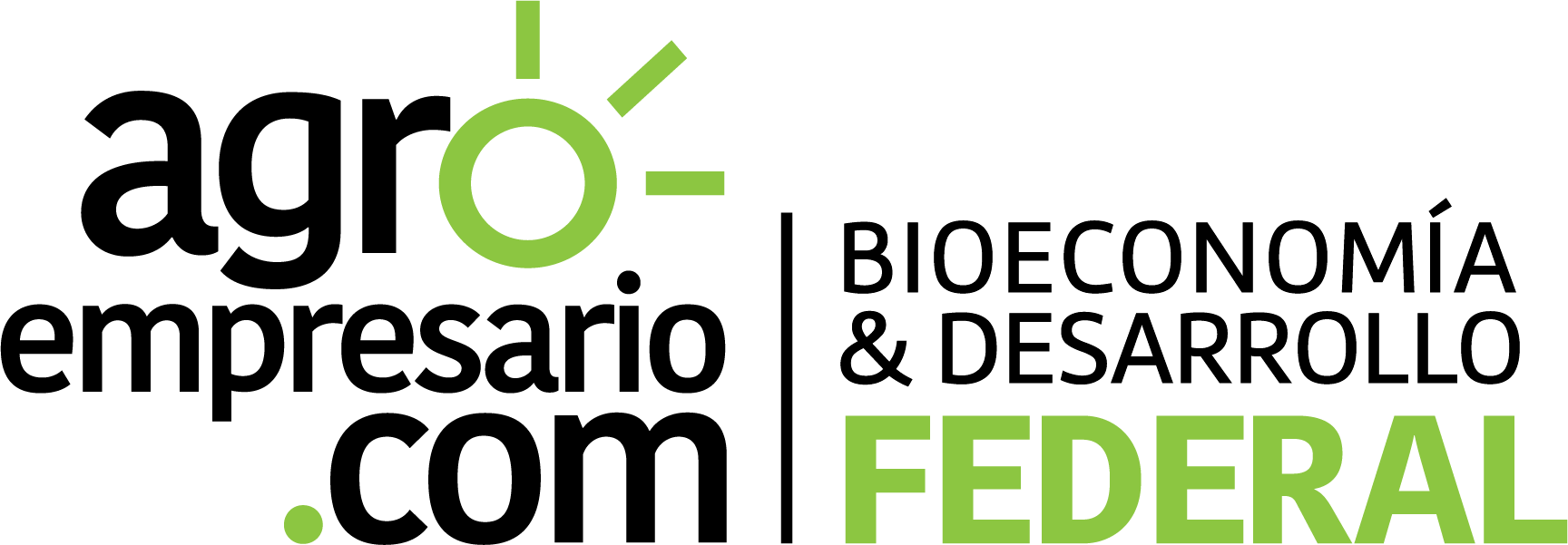
By Agroempresario.com
The world of ag biologicals—products derived from microbes, plant extracts, and other naturally occurring inputs—has evolved dramatically over the past two decades, creating significant opportunities for investors and agribusiness innovators alike. These products, designed to enhance crop protection, soil health, and plant growth, are increasingly being recognized as a sustainable alternative to traditional chemical inputs. The global market for ag biologicals is projected to nearly double from $13.6 billion in 2024 to $24.6 billion by 2030, according to DunhamTrimmer, with potential to surpass chemical crop protection and fertilizer markets within the next 10–20 years.

When I co-founded a biological control company in Brazil, the concept of ag biologicals was largely uncharted territory. There was no formal market, no regulatory category, only a vision that agriculture could become more sustainable through natural solutions. Early challenges included regulatory confusion, skepticism from farmers, and limited production infrastructure. Despite these hurdles, the company achieved early breakthroughs by evangelizing innovators in the field and demonstrating consistent, scalable results in the production of beneficial microbes. Eight years after the first funding round, the company was acquired by a major ag inputs player, generating a 5x return for initial investors—a landmark achievement demonstrating the potential of the sector.

To create a coherent investment thesis for ag biologicals, it is critical to differentiate them within the broader agrifoodtech landscape. Agtech ventures vary widely—from robotics to software solutions—yet biological product development shares more similarities with pharmaceutical or chemical molecule discovery than conventional agricultural technologies. This distinction is crucial because ag biologicals operate under unique scientific and regulatory constraints that differ from traditional chemical inputs, influencing development timelines, regulatory approval processes, and capital requirements.
For investors, recognizing these nuances is essential. While some agrifoodtech segments may be trending downward on the Gartner Hype Cycle, biologicals are steadily moving along the “slope of enlightenment,” reflecting growing adoption, regulatory clarity, and technological advancement.

A structured investment thesis must consider discovery, validation, regulatory approval, and go-to-market execution:

Advances in synthetic biology—including RNAi, GMOs, and peptide-based products—offer new development pathways, but they also introduce longer regulatory timelines and higher capital requirements. Understanding the product pipeline and the associated risk-return profile is key for investors seeking sustainable returns.
Ag biologicals investments carry unique risk dynamics. Early-stage companies may not generate billion-dollar exits immediately; instead, investors should anticipate moderate to high probability of intermediary returns, with typical multiples around 5x, compared to the broader early-stage VC distribution where most returns fall between 0–1x. A typical investment horizon spans seven years, aligned with regulatory and commercial milestones such as:

Unlike consumer packaged goods, biologicals adoption is inherently gradual. Building farmer trust and fostering long-term relationships is essential, requiring patience and strategic support from investors.
Several factors influence the success of ag biological ventures:

Global adoption is increasing, driven by sustainability goals, regulatory pressure on chemical inputs, and farmer demand for reliable, high-quality products. Strategic approaches include:
By calibrating expectations to the sector’s unique timelines and risk profile, investors can identify sustainable opportunities with meaningful impact. Ag biologicals are not a “quick win” investment but offer long-term, scalable returns when strategies are aligned with scientific innovation, regulatory realities, and farmer needs.
